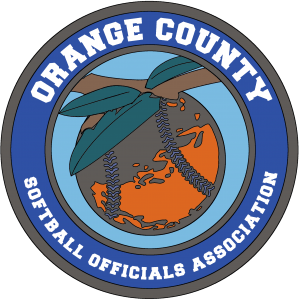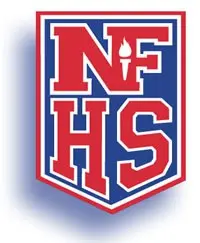Bat Certification Marks and USA Softball Non-Approved Bats with Certification Marks – The NFHS Softball Rules Committee made the determination that clarification was needed to ensure each batter comes to the plate with a bat displaying the proper certification mark making it legal for use in high school play. Bat manufacturers produce several models of bats for multiple organizations. These different models are often custom-designed to meet the specific organizations’ individual certification requirements. Bats that are custom designed for one organization may only bear that organization’s certification mark. Conversely, a large number of these bats are designed to meet several organizations’ requirements and will bear multiple organizations certifications marks – making them legal to use in multiple codes. What is important to know is that NFHS Softball recognizes and utilizes USA Softball’s certification process. In order for a bat to be legal for use in NFHS softball, it must be marked with the ASA 2000, 2004 or the USA Softball All-Games Certification Mark. Additionally, any bat with one of these certification marks must not appear on the list of the USA Softball Non-Approved Bats with Certification Marks. This list was created as a way to alert players and coaches that a bat that was once approved for use has now been deemed no longer approved for use. All bats that are approved by USA Softball, formally ASA, for use in fastpitch play shall bear one of the markings shown below. Once these bats have entered the market and possible issues arise, there is a process for revoking the approval of these bats. When it has been determined that a bat should have its approval revoked, either through the re-testing process or for voluntary removal from the manufacturer, the bat is added to the Non-Approved Bats list with Certification Marks. These bats were approved when originally manufactured and were legal for play at that time, but due to some unforeseen issues no longer pass the approval requirements.

Inspection of Equipment – It is the head coach’s responsibility to make certain all players are legally and properly equipped, which includes checking bats, helmets and catcher’s gear prior to every contest. Although umpires may inspect the equipment, they are no longer required to do so. What is important to remember is equipment wears during use. Bats can become damaged, or a player may purchase a new bat that does not meet the NFHS requirements. Both catchers’ helmets, as well as batter’s helmets, have screws that hold face guards in place. These screws loosen and will eventually fall out rendering the equipment illegal for use and potentially causing a safety risk to the player if not detected. It is critical that coaches remain vigilant in inspecting equipment before every contest to ensure no damage has occurred or new noncompliant equipment has been purchased since their last inspection.
Damaged Bat vs Illegal Bat Penalty – Clarification was needed to delineate the difference between a player using a bat that is damaged versus a bat that is illegal for high school play. By definition, a bat that is damaged (Rule 2-4-3c) is removed from the game without penalty (7-4-2 NOTE). An illegal bat that is non-approved or altered will continue to result in the head coach and the batter being ejected.
Contact with the Pitcher’s Plate – Due to the varying levels of play and levels of skill in pitching development, prior to the start of the pitch, NFHS rules allow the pitcher to choose foot placement. The pitcher may choose to take a position with the pivot foot in contact with the plate and the non-pivot foot behind the pitcher’s plate or both feet in contact with the pitcher’s plate. Prior to the start of delivery, both feet must be on the ground within or partially within the 24-inch length of the pitcher’s plate. This allows for personal preference and developing pitchers to work through levels of progression.

